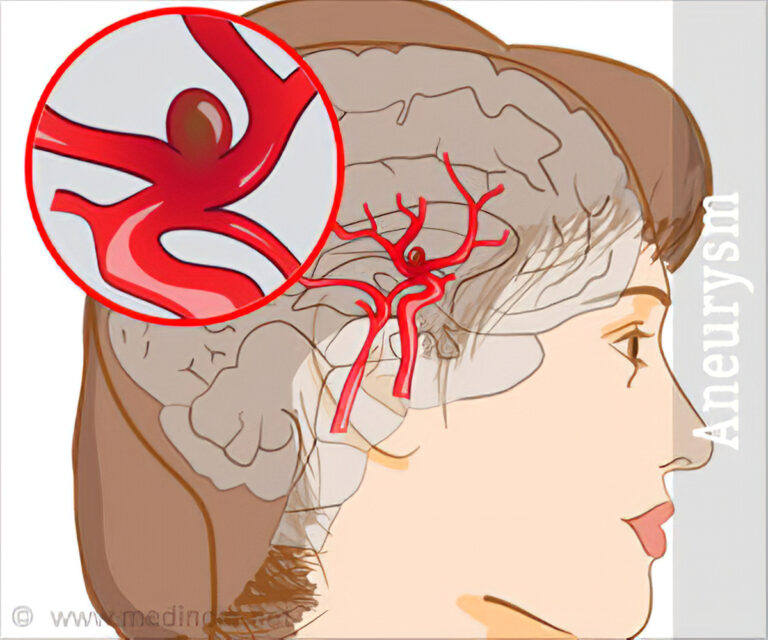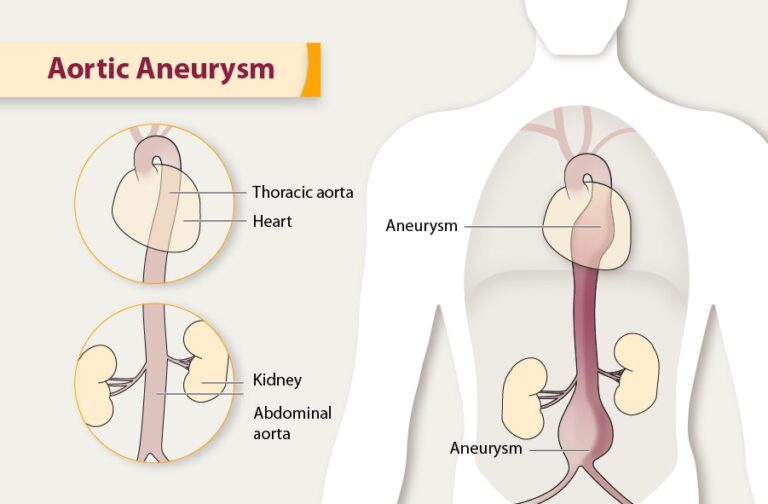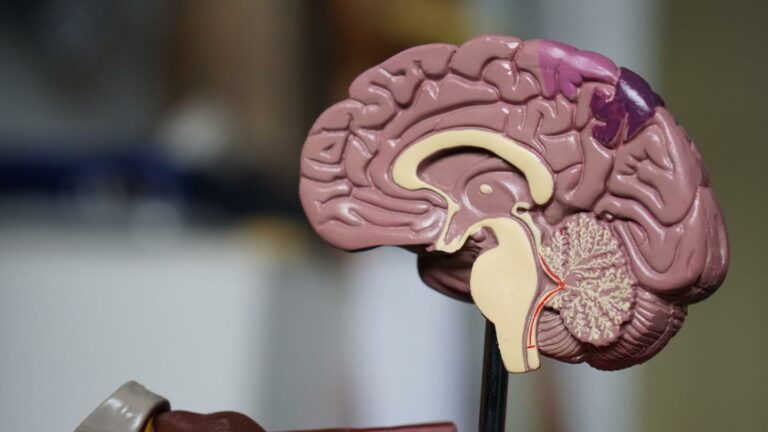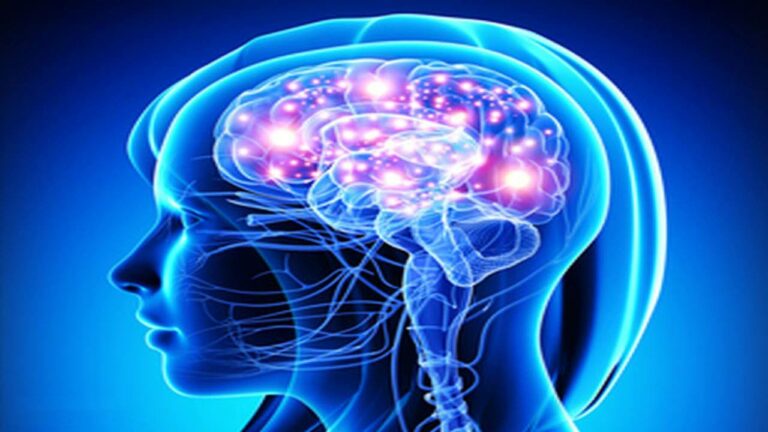Cerebral Aneurysm
Author: Shiela Lupiba
Shiela Lupiba
Category: Health
What is Cerebral Aneurysm?
Cerebral Aneurysm or also known as brain aneurysm, is a weak or thin spot on an artery in the brain that balloons or bulges out and fills with blood. It often looks like a berry hanging on a stem.
In addition, it can leak or rupture which causes bleeding into the brain (hemorrhagic stroke). Mostly, a ruptured brain aneurysm occurs in the space between the brain and the thin tissues which covers the brain. This is called a subarachnoid hemorrhage. This then becomes life-threatening and requires prompt medical treatment.
Most brain aneurysms, however, don’t rupture, create health problems or cause symptoms. Such aneurysms are often detected during tests for other conditions. Brain aneurysms can form in people as young as 30, rarely even earlier, but they're more likely after age 40
Symptoms
These are some of the symptoms of Cerebral Aneurysm:
- Unruptured Aneurysm
Most cerebral aneurysms do not show symptoms until they either become very large or rupture. Small unchanging aneurysms generally will not produce symptoms.
- weakness
- numbness
- paralysis on one side of the face
- a dilated pupil in the eye
- pain above the eye
- changes of eye vision
-
neck pain
-
Ruptured Aneurysm
When an aneurysm ruptures bursts, one always experiences a sudden and extremely severe headache and may also develop:
- nausea
- double vision
- vomiting
- sensitivity to light
- seizures
- loss of consciousness
- cardiac arrest
- difficulty speaking
Causes of Cerebral Aneurysm
Researchers believe these factors irritate and weaken blood vessels:
- History of aneurysm in a first-degree family member
- High blood pressure
- Smoking habits
- Blood infection
- Amphetamine and¯cocaine use
- Traumatic brain injury
- Atherosclerosis
Less common factors include:
- Infection in the arterial wall
- brain tumor
Prevention
These are some prevention for Cerebral Aneurysm:
- Carefully control blood pressure
- Stop smoking
- Avoid cocaine use or other stimulant drugs
Treatment
Treatments for unruptured and ruptured cerebral aneurysms:
-
Surgery
-
Microvascular clipping
This procedure involves cutting off the flow of blood to the aneurysm which then requires open brain surgery. A doctor will then locate the blood vessels the feed the aneurysm. As such, will place a tiny, metal, clothespin-like clip on the aneurysm’s neck to stop its blood supply.
This procedure involves cutting off the flow of blood to the aneurysm and requires open brain surgery. A doctor will locate the blood vessels that feed the aneurysm and place a tiny, metal, clothespin-like clip on the aneurysm's neck to stop its blood supply.
-
Endovascular treatment
-
Platinum coil embolization
This procedure is a less invasive procedure than microvascular surgical clipping. A doctor will insert a hollow plastic tube (a catheter) into an artery, usually in the groin, and thread it through the body to the brain aneurysm.
- Flow diversion devices
This procedure includes placing a small stent (flexible mesh tube) similar to those placed for heart blockages, in the artery to reduce blood flow into the aneurysm. Also, a doctor will insert a hollow plastic tube (a catheter) into an artery, usually in the groin, and thread it through the body to the artery on which the aneurysm is located.
Other treatment:
- Antiseizure drugs **** (anticonvulsants)
These drugs may be used to prevent seizures related to a ruptured aneurysm.
- Calcium channel-blocking drugs
Risk of stroke by vasospasm can be reduced with calcium channel-blocking drugs.
In conclusion, a ruptured brain aneurysm is a serious, life-threatening condition that needs immediate medical attention and emergency treatment. Also, let us not forget to live in a healthy well-being.














